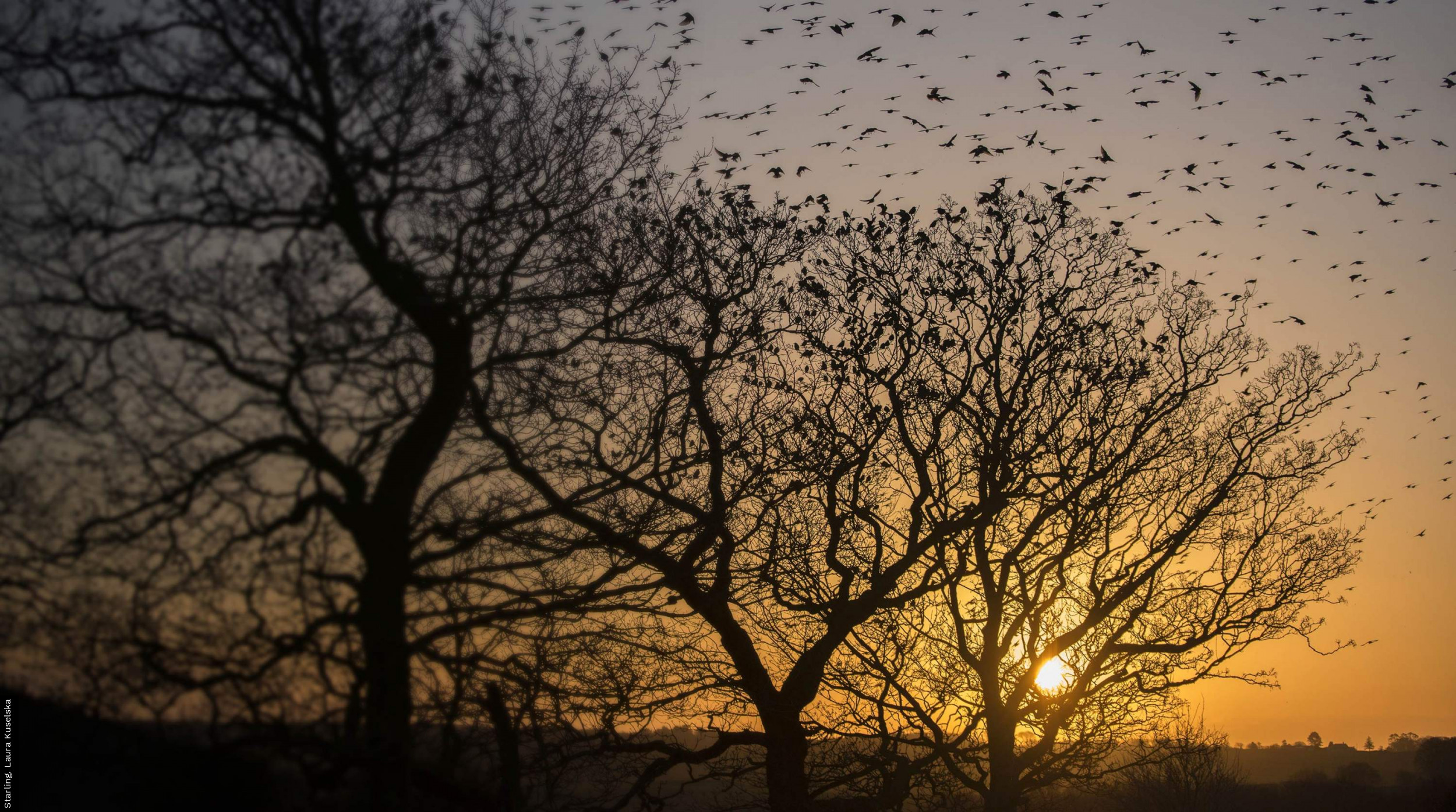Remote tracking unveils intercontinental movements of nomadic Short-eared Owls Asio flammeus with implications for resource tracking by irruptive specialist predators

Author(s): Calladine, J., Hallgrimsson, G.T., Morrison, N., Southall, C., Gunnarsson, H., Jubete, F., Sergio, F. & Mougeot, F.
Published: January 2024
Journal: Ibis
Digital Identifier No. (DOI): 10.1111/ibi.13304
One such species is the Short-eared Owl, the subject of a long-term tracking study by BTO Senior Research Ecologist John Calladine, working with collaborators in Scotland, Iceland and Spain. Advances in tracking technologies have made it possible to uncover the large-scale movements of nomadic Short-eared Owls, whose appearance and disappearance from regions has fascinated birdwatchers and ecologists for decades.
The Short-eared Owl has an extensive distribution, across which it is predominantly a specialist predator of small mammals. The abundance of its favoured vole prey can vary markedly, both in time and space, making these rodents an unpredictable food resource. While Short-eared Owls can switch to other prey when voles are not available, their more general response is to move to other areas, resulting in irruptive or nomadic movements.
This paper reports on the movements of 47 Short-eared Owls from multiple European locations (Iceland, Scotland, Spain), tracked with GPS devices. The tracked birds were predominantly female, because males are smaller than females and, therefore, were often below the weight limit for carrying a tracking device
The study reveals an unexpectedly large degree of movement in the tracked individuals, with some of the birds tagged in Scotland and Spain travelling widely across Europe and North Africa, and one bird tagged in Iceland travelling to Britain. About two-thirds of the tagged birds’ time was spent within a number of “home ranges”, with that proportion being similar for birds tagged in the three countries. Nine individuals were monitored while nesting over two seasons, and the distances between nest sites used by the same individuals in sequential years ranged from 41 to 4,216 km.
One bird, a female tagged at its nest in Scotland in 2017, bred twice in 2018, once in Scotland 41 km from its previous site and again in Norway, a further 926 km distant. Out of 18 successful breeding attempts by 14 tagged females, the females in all but two instances left after the youngest chick was likely able to thermoregulate independently but before they were fully independent, leaving them to be reared to full independence by the male.
Birds tagged in Iceland tended to spend the least time making long distance movements (2%), and those tagged in Spain the most (19%), with those tagged in Scotland being intermediate (8%). Thus, birds tagged in the most geographically isolated location (Iceland) spent proportionately most time undertaking short distance movements. Long distance movements were recorded in spring (March to May) and autumn (August to November) and included crossings over both land and sea. Most of the movements were made at night, with about 80% of movements outside of a home range occurring during the period of six hours either side of local solar midnight.
Within a general tendency for southwards movement in the autumn and northwards in spring, there was considerable variation in movements undertaken between individual Short-eared Owls and by the same individuals in different years. This was emphasised by a lack of fidelity to breeding and non-breeding areas.
The types of movements recorded in this study, and the scale of these, implies that there are not distinctly separate populations of Short-eared Owls across much of Europe. Rather, there is a single potentially integrated population across most of the range, albeit with some comparatively more, but not completely, isolated populations (such as that in Iceland). This new knowledge has significant implications for attempts to protect and conserve this species, and underlines a need to collect information on Short-eared Owl populations from sufficiently wide geographic scales and/or over the long term.







Share this page